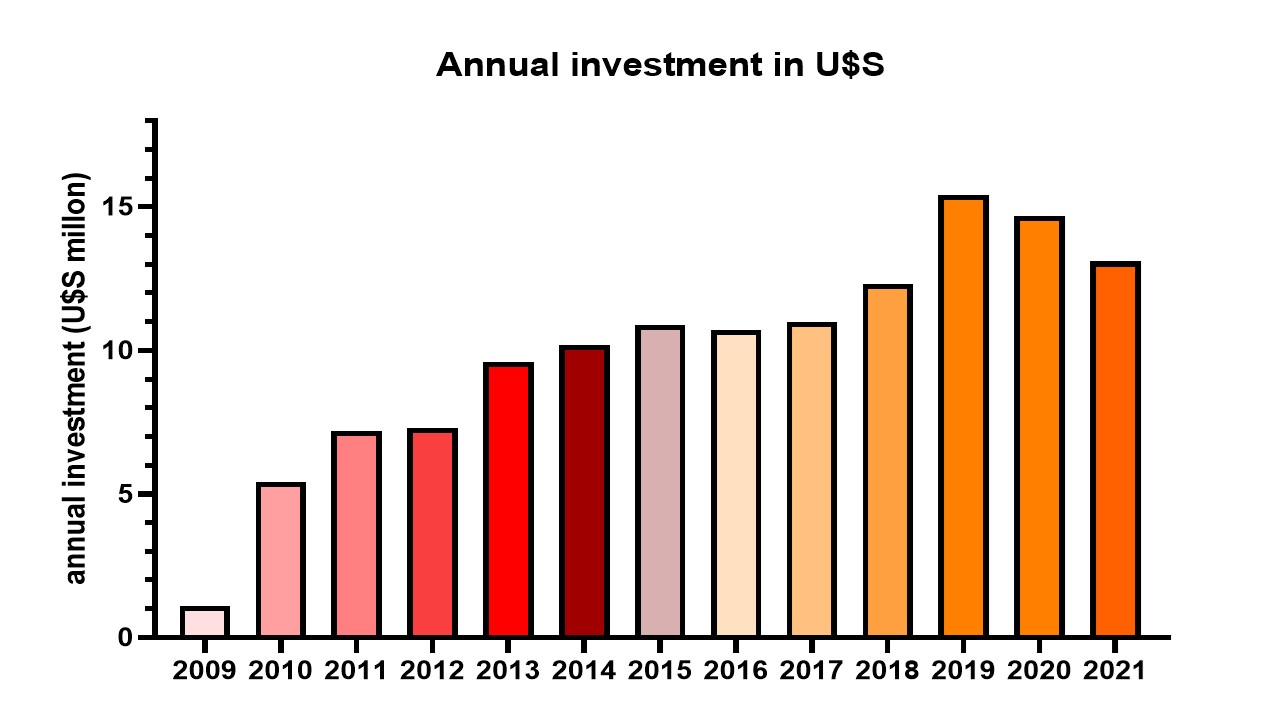
Actuarial perspective on the immunosuppressive medication costs and coverage for transplant recipients in the Argentine´s public system: 2009-2021
Ignacio Drake1, Cecilia Jaime1, Oscar Canel1, Carlos Soratti1.
1Unidad de Proyectos Especiales, INCUCAI, Buenos Aires, Argentina
Introduction: In 2007, a National Post-Transplant Follow-up Program (PNSPT) was created, which is managed by the Special Programs Coordination Unit (UCPE). One of the objectives of this Unit is to provide immunosuppressive drugs to patients with exclusive public coverage and some special programs. The PNSPT program includes stages that involve the purchase of medicines requested by the Ministry of Health (according to the history of consumption and the balance between registrations and withdrawals of the beneficiary); and the collection in Logistics Operators (medical prescription, request for medicines from each jurisdiction, distribution logistics, patient care and stock management). The cost of immunosuppressive drugs is high, highly variable, and poorly understood. Therefore, the objective of this study was to analyze the evolution of the PNSPT program in compliance with the coverage of immunosuppressive drugs.
Methods: This is a descriptive study. The data was obtained from INCUCAI's National Purchasing and Transplant Information System (SINTRA). The different program regulations were reviewed and medication shipments to the provinces registered and systematized. Subsequently, the following were evaluated annually: the number of patients in the program and the formulary; the amount of medicines distributed, the investment in US dollars made according to the prices paid for each medicine according to the purchase order of the last tender (to control the inflationary effect that occurred during the period analyzed).
Results: PNSPT coverage has steadily increased from 705 patients (2009) to 4,351 (2021). Investments in medicines increased even more, going from US$1.1 million in 2009 to US$13.1 million in 2021. Thus, the direct increase in the average investment per patient doubled between the periods analyzed (2009: u $1,559.9; 2021: $3,010.6). The largest investment was in 2019 and there was a slight decrease in the following 2 years, as a result of changes in the management of the Program, related to the search for efficiency in the use and purchase of medicines.

Throughout the analyzed period, the vademecum included drugs such as Everolimus, Azatriopine, Tracolimus XL, Meprednisone, Sirolimus, Thymoglobuline, Valganciclovir, Ganciclovir, Basiliximab and Belatacept; Oral sirolimus and eye drops for pre and post corneal transplant treatment.
Conclusions: From the creation of the PNSPT, the INCUCAI increased the coverage and the annual investment for transplant patients with exclusive public coverage and for the beneficiaries belonging to the other coverage under the program. The expansion of the vademecum allowed patients under the program in all regions of the country to have full coverage of induction and immunosuppression drugs. Taking into account that the medication favors the patient´s adherence to the treatment, it is probable that the correct execution of the program benefits the patient, increasing the survival of the graft and the patient.

right-click to download
